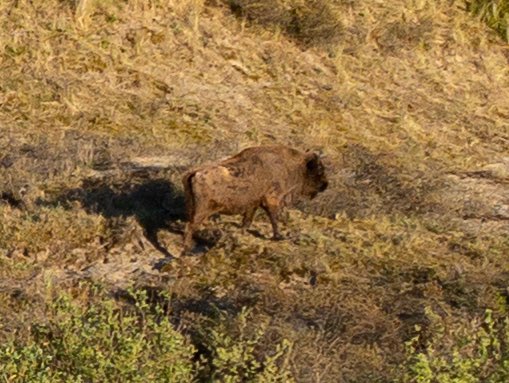
Nice #JWST piece by @MonicaGrady, including a welcome nod to the role played by Europe & Canada, alongside the US.
One minor nitpick though (forgive me, Monica 😬), but the last thing the primary mirror segments are is flat. Very smooth, but not flat 🙂
theguardian.com/commentisfree/…
One minor nitpick though (forgive me, Monica 😬), but the last thing the primary mirror segments are is flat. Very smooth, but not flat 🙂
theguardian.com/commentisfree/…
I mean, in this case I’m sure it’s just a slight misphrasing, but it is interesting that many people don’t seem to realise that the primary mirror isn’t flat, but is very precisely curved in a concave parabolic shape to focus light towards the secondary mirror. 

There are 18 segments in the primary & they’re not all identically curved, though. There are three different families with the same shape (A, B, C) depending on the distance of the segment from the centre, as you can see in this old chart made during polishing. 

While they’re not flat, they are very precisely curved across their full size & very smooth, with an average roughness of 20 nanometres across the surface.
Scaled up, if Earth were that smooth, the tallest mountains would be less than a metre high.
Bit like The Netherlands 🙂
Scaled up, if Earth were that smooth, the tallest mountains would be less than a metre high.
Bit like The Netherlands 🙂

There’s a lot more here about how the primary mirror segments were made out of beryllium, shaped, light-weighted, polished, tested, & coated in this nice article 👇
webb.nasa.gov/content/observ…
webb.nasa.gov/content/observ…
And to finish for now, it’s worth noting that the secondary mirror, where that curved primary focuses all its light, is also not flat.
It’s not concave either, but convex 🙂
It’s not concave either, but convex 🙂

• • •
Missing some Tweet in this thread? You can try to
force a refresh








